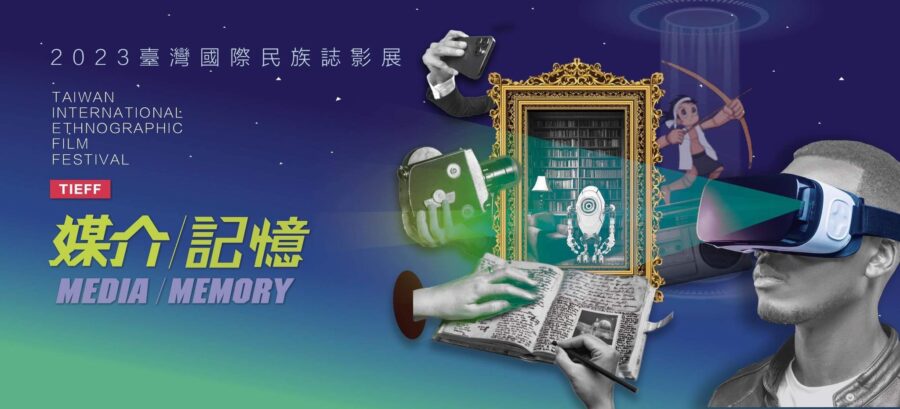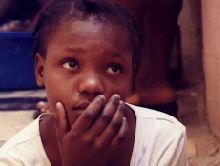The Laughing Club of India
Join the enthusiastic converts to a new alternative trend that recognizes and embraces the healing powers of laughter. People from all works of life are engaging in spontaneous, uninhibited laughter as a means of reducing stress and warding off depression. While the movement’s founders claim that their practices derive from the venerable art of yoga, India’s laughing club reflect an unmistakably modern need to bound with one’s fellows in an otherwise impersonal society.

